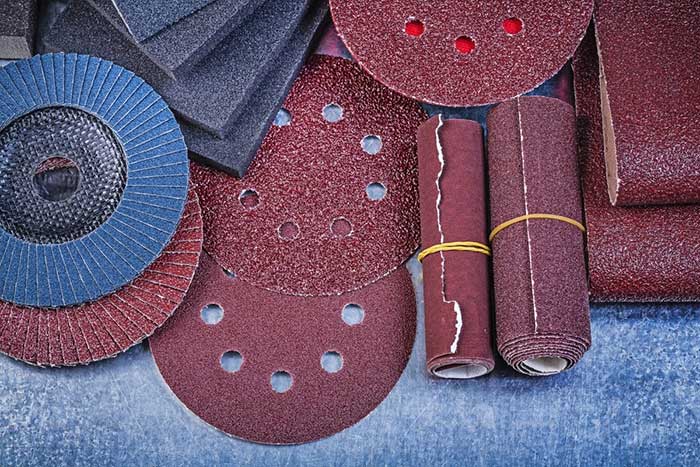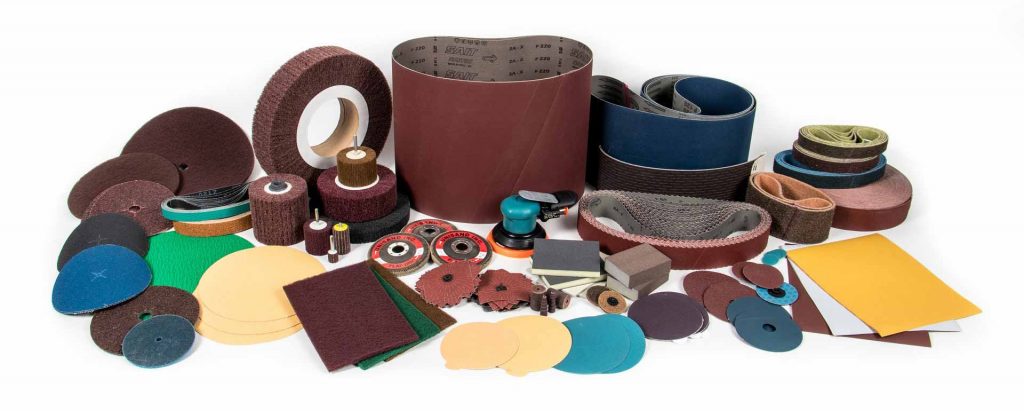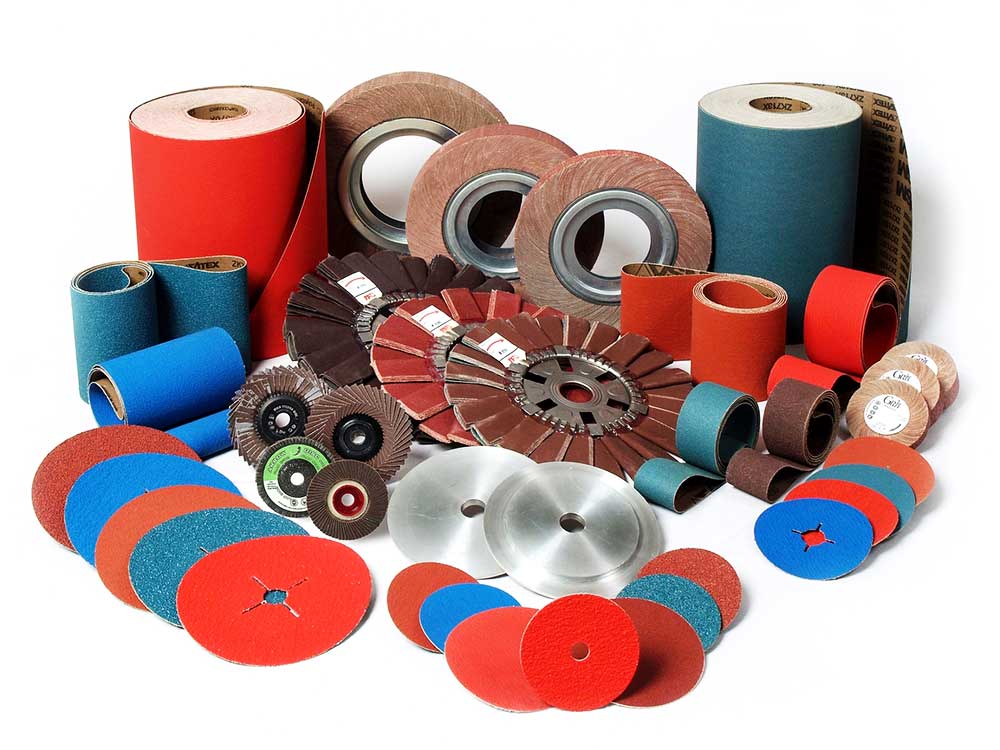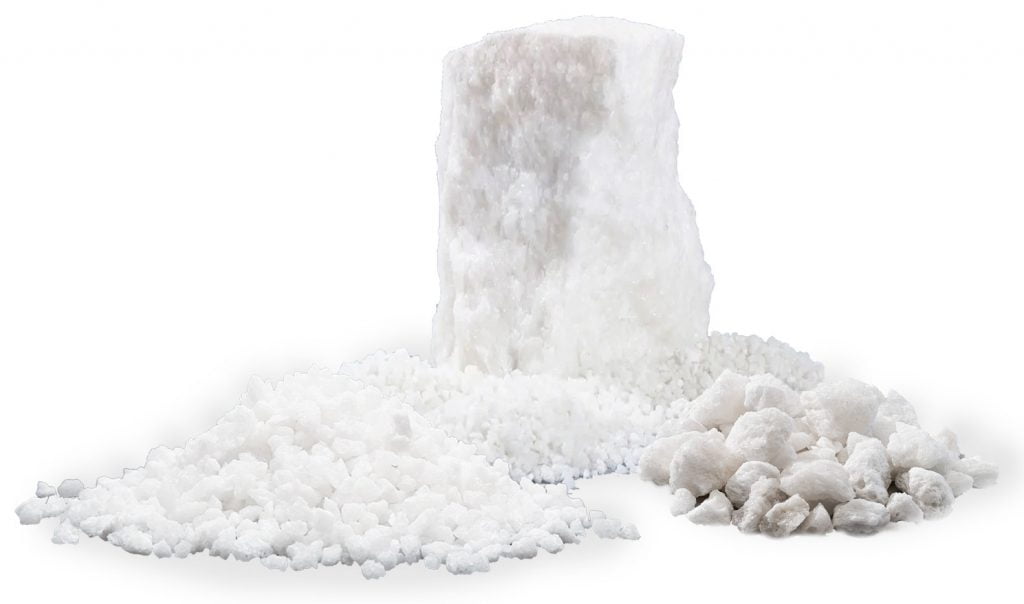Coated Abrasives
Based on the technique used to integrate abrasive grains into the equipment, abrasives can be classified into two categories: bonded abrasives and coated abrasives.
Coated abrasives are those that are formed from abrasive particles attached to a flexible substrate such as paper, fabric, fiber or film. The connection between the abrasive particles and the substrate is formed by resin, glue or a combination of both.
Based on the surface on which abrasives are used and the method of abrasive implementation different kinds of abrasive grains are used in coated abrasives production. abrasive grains sizing is another important factor in the performance of coated abrasives.

A suitable binding system is required for securing abrasive grains on the substrate. Coated abrasives are usually made by two kinds of adhesion. First, an adhesive material is applied to the substrate then adhesive is used on abrasive grains. Glue, phenolic resin and urea resin can be used for both stages of adhesion.


Some examples of Coated Abrasives are as follows:
Sandpapers: sandpapers are probably the most known form of coated abrasives. Various kinds of sandpapers are available which can differ in abrasive grains type and size, paper or substrate type and adhesive material. Sandpapers can be used for polishing and smoothing the surface or eliminating unwanted material like old paint or rust from the surface. Commercially available sandpaper is usually identified with a number that is inversely related to sandpaper coarseness.
Abrasive belts: shaped in a long and narrow form, usually a closed loop, abrasive belts are another form of coated abrasives. Abrasive belts are mounted on rotating wheels and they make the surface finishing or grinding process faster and easier. Abrasive belts substrate can be made of cloth, rubbers, papers, foams or composite materials and they can range from flexible to sturdy.
Sanding discs: sanding discs are usually made of disc-shaped steel paper as substrate which is bonded to abrasive grains using suitable adhesive material. Sanding discs are used in different tools like angle grinders, die grinders, orbital sanders, stationary disc sanders and etc.
The meticulous manufacturing process and accuracy of sorting technologies lead to abrasives with accurate particle size distribution.
ALTUS


